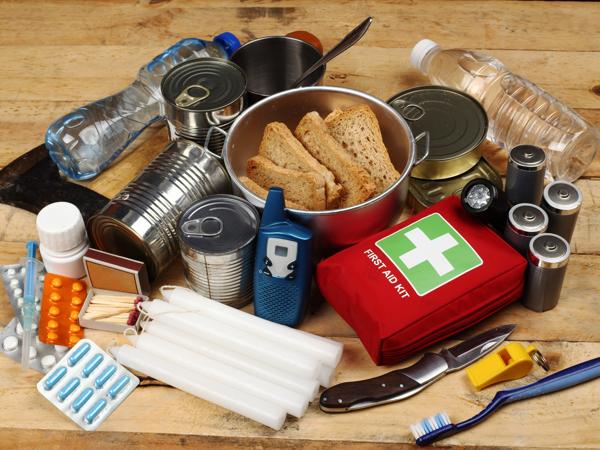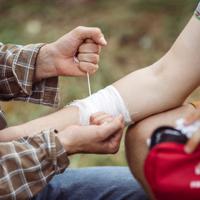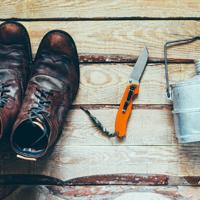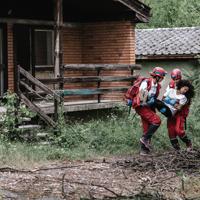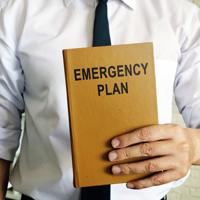In today’s unpredictable world, having a Bug Out Bag ready can make a substantial difference during emergencies. It’s not just about the gear; it’s about peace of mind, preparedness, and the ability to act when it matters. Here, I’ll walk you through the process of what to consider when building your own Bug Out Bag, incorporating research, practical advice, and some personal insights.
What is a Bug Out Bag?
A Bug Out Bag (BOB) is essentially a portable kit that contains items you may need to survive for 72 hours when evacuating from a disaster. The focus is on mobility and essentials rather than long-term sustenance.
Choose the Right Bag
Selecting the right bag is just the beginning. It should be comfortable, durable, and spacious enough to hold your essentials.
Considerations:
- Size and Capacity: Typically, a 30 to 50-liter backpack is an optimal choice.
- Comfort: Look for padded straps and back support, as you might have to carry it for long distances.
- Durability: Water-resistant or waterproof material with robust zippers and seams can withstand harsh conditions.
Water and Hydration
Water is your most crucial resource. Keeping hydrated is non-negotiable in a survival situation.
Essentials:
- Water Bottles: A couple of sturdy, reusable water bottles.
- Water Filtration System: A portable water filter can purify natural water sources.
- Water Purification Tablets: A lightweight backup to your filtration system.
Food and Nutrition
While the priority is short-term survival, having high-energy and nutritious food is critical.
Suggestions:
- Non-Perishable Snacks: Energy bars or trail mix are lightweight, compact, and a quick source of calories.
- Canned Goods: If you have space, some canned food can provide variety and sustenance.
- Freeze-Dried Meals: Lightweight, long shelf-life, and just need hot water.
Shelter and Warmth
Protecting yourself from the elements is vital.
Items to Consider:
- Tent or Tarp: A lightweight tent or a tarp for improvising a shelter.
- Sleeping Bag: Choose one suitable for the climate you’re in.
- Space Blanket: Lightweight and retains body heat.
Clothing
Pack smartly—consider layers based on the climate and season.
Basics:
- Base Layers: Moisture-wicking to keep you dry.
- Insulation Layer: Fleece or a similar fabric for warmth.
- Waterproof Outer Layer: Jacket and pants to protect from rain and wind.
- Extra Socks and Underwear: Important for hygiene and comfort.
First Aid Kit
A compact first aid kit is indispensable. Consider customizing it based on your needs and knowledge.
Must-haves:
- Bandages and Gauze: Various sizes for different wounds.
- Antiseptic Wipes: For cleaning wounds.
- Pain Relievers: Basic medications like ibuprofen.
- Prescribed Medications: Any personal medicines you may require.
Tools and More
Some basic tools can be invaluable for making quick repairs or adaptations.
Basics:
- Multitool: Versatile and compact for various tasks.
- Cordage: Paracord is lightweight and has multiple uses.
- Duct Tape: Handy for temporary repairs.
- Fire Starter: Matches, lighters, or a fire steel for warmth and cooking.
Communication and Navigation
Staying informed and knowing where you are can be life-saving.
Consider:
- Map and Compass: GPS is great, but old-school navigation shouldn’t rely on batteries.
- Portable Radio: Stay updated with emergency broadcasts.
- Whistle: For signaling and getting attention.
Personal Items
These items can vary greatly depending on your personal needs.
Perhaps Include:
- Copies of Important Documents: Identities, and emergency contacts.
- Cash: Small denominations for when digital payment isn’t an option.
- Notebook and Pencil: For keeping notes or leaving messages.
Regular Maintenance
Remember, a Bug Out Bag is not a one-time setup. Regularly check and update your bag to cater to changing needs, replace expired items, and adjust based on seasonal changes.
Building a Bug Out Bag is a deeply personal journey. As you gather your gear, you’re also assembling a toolkit for resilience and adaptability. It doesn’t need to be perfect at the start—what matters is progressing and tailoring it to your needs.
Let me know if you have any experiences, questions, or tips about putting together a Bug Out Bag. It’s always useful to share and learn from each other.
